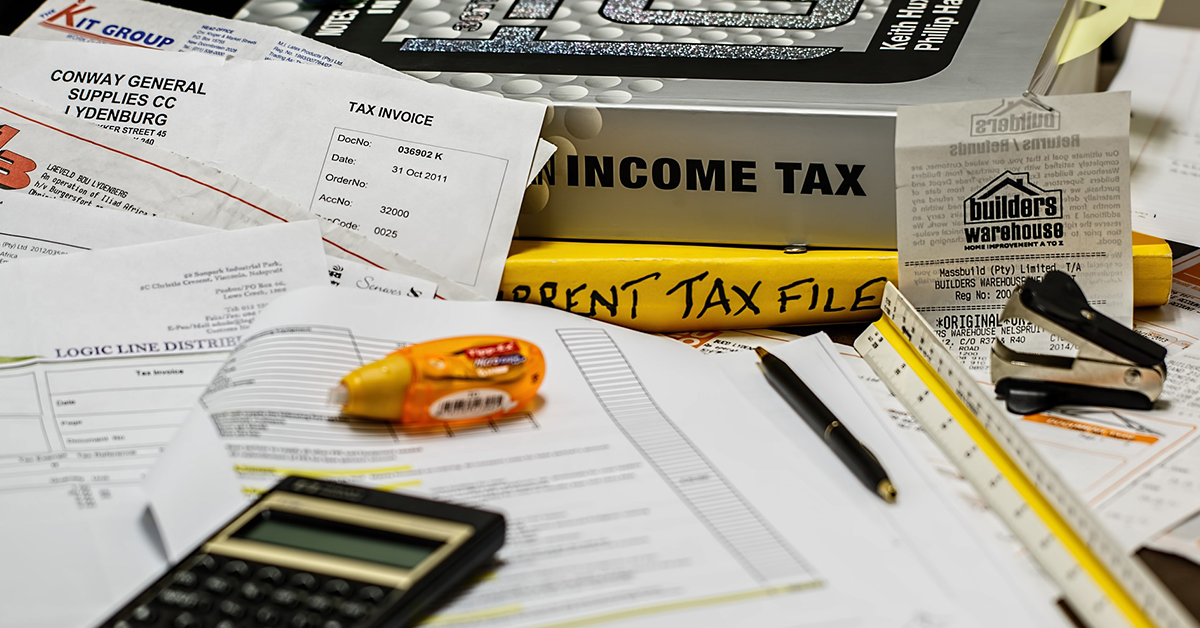7 Ways You Can Improve Your Federal Contracting Business

Everyone has their own definition of success. According to Merriam-Webster, success is defined as a "favorable or desired outcome" or "attainment of wealth, favor, or eminence." With a lot of room for interpretation, no wonder different people define it in various ways. In a study conducted between men and women and how they define success, women defined it as having a good life balance and good-standing relationships while on the other hand, men defined it as having more material items. While gender is not the only factor that should be taken into account, age, personality, and experience should also weigh heavily into the definition.
If you were to ask a college student what they thought success is you would probably get an answer about how they would get a high-paying job in their field and be able to retire young. If we could go back and ask ourselves at 18 what success is we would surely get a much different answer than we would give now. And to think I thought journaling was useless.
As a federal contractor, how would you define success? Not specifically for yourself and your team, but for someone new to the marketplace? Would your definition be close to where your current market position or would it raise some eyebrows and make you say " I think we need to make a few changes to do x, y, and z"?
Let the Improvements Start Now
The old saying, "why do today what can be done tomorrow", is one of my favorites. It fits so well because it is usually the small, easy things that get pushed further and further down the road. Why take out the recyclables when they can be taken out tomorrow? Why email that person when I can just send it tomorrow? It's typically the smallest things that make the biggest impact, especially in this industry.
For successful contractors, there are some glaring differences between themselves and those who struggle to grow. While it is impossible to go back in history and add 50 years of experience to your company to have a more well-established brand, improving upon these recurring themes can help improve your federal contracting business.
Common missteps from federal contractors:
- Hyper focusing on larger contracts that have a lower PWin
- Not utilizing set-aside or not knowing how to properly leverage it
- Teaming for the short, not long-term
- Trying to do too much too quickly
- An unwillingness to learn from a loss
- Knowing where to turn for market intel and opportunity identification
- Lacking a strong bid/no-bid process
7 Ways to Help Improve Your Federal Contracting Business
1. Do Not Just Focus on Dollar Signs - Sometimes This May Mean Settling for Less
It is hard to think of a time when you want less of something. Especially when it comes to contracting dollars which impacts your revenue. However, this may be one of the rare occasions where it is advantageous for you to do so. Less can actually be more.
The desire to win, and win big, often overshadows the rationale for winning the right opportunities. Building a strong past performance around your core competencies is critical to your success. Just because you can win does not mean you should. Multiple awards that have a smaller value can provide better long-term results than a larger one that really has no business being in your portfolio.
2. Identify if You Have a Set-Aside You Can Leverage
The purpose of government set-asides is to help level the playing field for smaller, disadvantaged businesses. If you qualify, use it. You have it for a reason. More importantly, if you are in the 8(a) program, you only have a limited time to leverage your status. So take advantage of it as often as possible.
There are no guarantees in contracting, but leveraging and using your set-aside status helps reduce the amount of competition you have. In the event you have a set-aside but do not qualify to perform the work, team up with someone who can help you put together a strong bid. You build that past performance, you leverage your status, and you build a stronger teaming relationship. A rare win-win-win.

3. Teaming - If You Cannot Beat'em, Join'em
Far too often teaming decisions are created to satisfy short-term needs. After a contract is won and completed with a partner, both move on and only reconvene in the event they have to work together again. There should be an ongoing and ever-evolving relationship to continually support one another. If one of you has a set-aside status, work together. If one of you has vehicle access, use it. If one of you has a connection, you may want to use them to help shape an opportunity.
All in all, work with them on an ongoing basis rather than one-offs. Both of you will be better for it.
4. Stay in Your Lane and Stick to What You CAN Do, Not What You Want to Do
What are your core competencies and where do you thrive? What are your top NAICS codes? Who are your biggest customers? Without cannibalizing future endeavors and markets, continue doing what works. There is no reason to reinvent the wheel or stretch your team so thin that everyone is wearing so many hats they begin to topple over.
Stick to what your team can do, and does well, and focus on why you have success doing so.
5. Always Be Ready and Open to Learn - Especially WHEN You Lose, Not If
When your team finds yourself on the losing end of a bid, and it will happen, get in touch with the contracting officer and find out why you lost. The best way to grow is to identify and understand your weaknesses. If it was a matter of details that were overlooked, why were they overlooked? If the winning company had a stronger bid, what made it stronger?
Losing is not a dead end. It is an opportunity to identify your weaknesses and strengthen them so you can win more going forward.
6. Know Where to Go for Information and Opportunities
When it comes to identifying opportunities, analyzing data, and drilling into your buyer's spending habits, where do you go for all of that? More importantly how much time and effort is your team expending to find all of this? If your team is using a free platform like SAM, your team is expending countless hours researching opportunities that most likely have been shaped by incumbents or have been known about. Opportunities on SAM have typically been identified long ago and primes are waiting for the last bit of information before submitting.
You need to identify opportunities early on in the procurement process, qualify them, analyze them, and put a strong bid together. Perfect for you, you are looking at the pioneers of the federal market intelligence industry. Learn more about how we can help your team.
7. Have a Gatekeeper or Multiple to Finalize Your Bid/No-Bid Decision
Who is the final gatekeeper to give the thumbs up or down on an opportunity? Your team identified an opportunity, things look good, and research has been conducted, but you notice a competitor who most likely has a better chance at winning. Does your team continue finalizing the bid and expending resources on what could be a loss or do you redirect your focus elsewhere to identify a better opportunity?
You need to have a strong process in place to determine if you will or will not continue directing resources toward a bid. A strong, repeatable process that helps your team put winning bids together more often than not.
A Competitive Edge for Your Entire Team
Looking at these elements, it may be that only a handful apply to you. It may be that all of them do. However many it may be, it should at least open the door for having an internal conversation around current processes.
When it comes to your team having the right information and opportunities to support your competitive advantage, it helps when the data and opportunities you view are specific to your team. With Federal Compass, we tailor the solution to your team and its unique needs so you gain the competitive advantage you deserve.
Learn more about how Federal Compass can help your team today.

